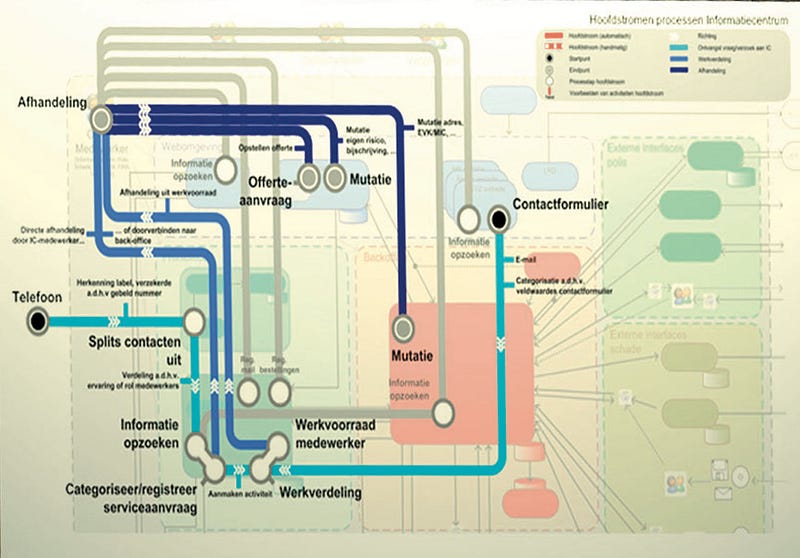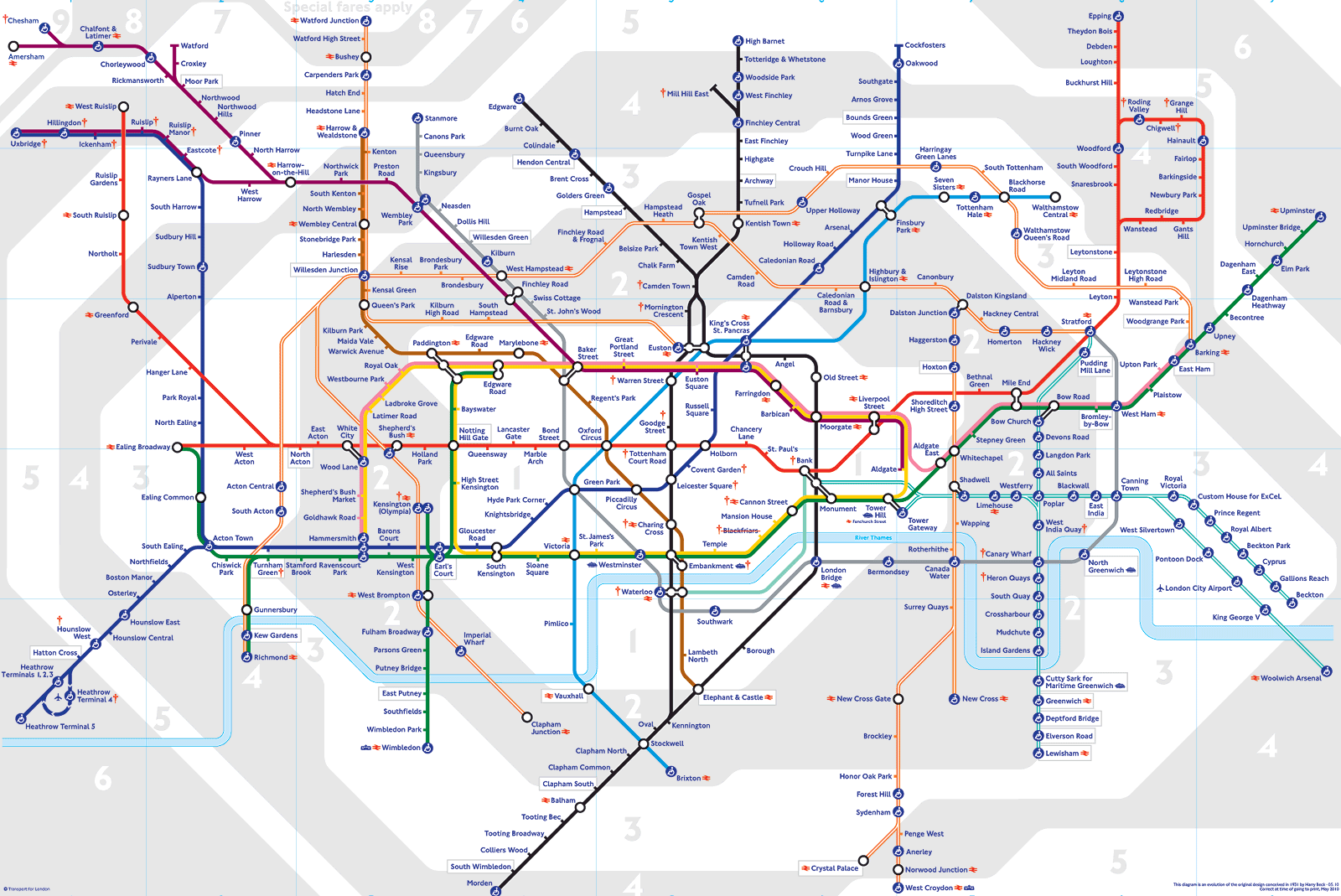The Secret to Selling Your Software Architecture
5 Strategies for convincing stakeholders and gaining approval

It was the fall of 2005, and I received an important request from my manager to design a new software architecture for a system integral to the company’s success.
As a software architect with several years of experience, I knew this was challenging. But I was determined to rise to the challenge.
I poured my heart and soul into the project, working tirelessly for weeks to create what I believed was the perfect architecture.
I analyzed every requirement, considered every technical constraint, and crafted a design that I was genuinely proud of.
When the day finally came to present my solution to the development team and management, I was confident that my hard work would pay off.
But as soon as I started explaining my design, I could see the skepticism and resistance on their faces. It was like hitting a brick wall — no matter how much I explained the benefits of my architecture, I couldn’t seem to get through to them.
The discussion quickly turned into a heated debate, and I felt like I was drowning in frustration.
Despite the setback, I refused to give up. I knew selling software architecture was challenging, but I was determined to overcome it.
Through trial and error, I developed powerful strategies and techniques that helped me win over even the most skeptical stakeholders.
I learned how to align my architecture’s visualization with the stakeholders, anticipate and address objections, articulate the advantages of my architecture, and construct a persuasive case for my proposed solution.
I want to share these five strategies with you. Whether you’re facing resistance from management, developers, or other organization members, these tips will help you win over even the most demanding stakeholders.
1. Co-create, don’t dictate

If you choose one strategy to remember after reading this article, please remember this one.
Like implementing software, designing a software architecture is a team effort. Collaboration can provide diverse perspectives and lead to more effective solutions.
While it may be tempting to sit in an ivory tower and design a new software architecture alone, co-creation with stakeholders and end-users is much more fun and a better strategy for gaining buy-in and ensuring that the architecture meets their needs.
Collaborative sessions like workshops and focus groups can provide valuable feedback and ideas, resulting in a more effective and efficient architecture.
Establishing clear goals, maintaining open communication, and being willing to adapt based on stakeholder feedback are critical to co-creation success.
By involving developers and other stakeholders early in the development process, architects can build a software architecture more likely to be accepted and used by the intended audience, leading to a more successful outcome.
2. The Art of Visualization

Choosing the proper visualization is not only critical for communicating the details of IT architecture, but it is also essential for getting buy-in from stakeholders.
When presenting to stakeholders, choosing a visualization that aligns with their needs and understanding of the subject matter is essential.
For example, while UML diagrams help communicate technical details to developers, there may be better choices for presenting to non-technical stakeholders, such as management.
While some stakeholders may appreciate a straightforward and practical visualization, don’t be afraid to get creative and make the visualization aesthetically pleasing. You are allowed to use color.
A beautiful and engaging visualization can help stakeholders better understand and appreciate the value of your IT architecture.
By selecting the correct visualization, you can improve the chances of stakeholders fully comprehending and approving your IT architecture.
Software Architecture as a Landscape photo
One method I have been using successfully is a subway map visualization to represent the software architecture.
This approach involves creating multiple layers: on the bottom layer, logical or physical systems, and applications are drawn, while on a separate layer above, lines resembling subway lines are used to illustrate how each application interacts with one another.
The lower layer is slightly blurred to ensure the focus remains on the subway lines and their connections.

While this visualization method is highly effective in presenting software architecture, it can be time-consuming to create and update.
C4 model
The C4 model is a simple and powerful approach for visualizing software architecture. It provides a way to create and communicate different levels of abstraction in software systems, from high-level overviews to detailed code-level diagrams.
The C4 model is comprised of four abstraction levels, each of which is represented by a different diagram.
This visualization approach is typically geared towards technical stakeholders, such as developers or project managers, who require a detailed understanding of the software architecture.
The advantage is that visualizations created using the C4 model are designed to be simple, clear, and concise, making them easier to develop and maintain.
3. Anna and the Art of Storytelling

Using stories and anecdotes is an effective way to convey the different parts of your software architecture to a non-technical audience.
By framing the technical details within a narrative context, you can make the material more engaging and easier to understand.
Anna
Allow me to introduce you to Anna, my trusty notebook that goes everywhere with me when presenting software architecture.
Anna is more than just a notebook — it’s also the acronym I used for Anecdotes. These Anecdotes are short stories or examples that help me to convey the technical details in a way that’s engaging and memorable for my audience.
Whenever I find a compelling use case or example, I jot it down in Anna to ensure I can remember it later.
Anna helps me add context and depth to the material, making it easier to clearly and compellingly communicate the software architecture's key features and benefits.
I’m always prepared to share the anecdotes that bring the software architecture to life, thanks to Anna.
4. Using an Agile Architecture

An essential aspect of selling your software architecture to stakeholders is to take them on the journey of creating it.
This is where an agile approach can be highly effective. By building what you need now and then iterating and evolving the architecture over time, you can involve stakeholders and show the benefits firsthand.
Using an agile process is a co-create rather than dictate strategy. You can gain stakeholders’ trust and support for the project by involving stakeholders in the process.
This makes you more responsive to changing user needs and market conditions while reducing over-engineering risk.
By embracing an agile mindset, you can show stakeholders that your software architecture is a collaborative effort that is flexible, adaptable, and can deliver value over the long term.
This can help build a sense of ownership and investment in the project, as stakeholders feel they are part of the process and can see their input reflected in the software architecture.
5. Go beyond the technical details, and communicate the business benefits!

When presenting your software architecture to stakeholders, it’s essential to communicate the technical details of the design and the business benefits it provides.
This could include improved performance, scalability, security, or user experience. By highlighting the business benefits, you can help stakeholders to see how the architecture can add value to their organization.
For example, suppose your architecture is designed to improve the performance of a particular system or application. In that case, highlight how it will reduce user wait times or increase throughput for the organization.
If your architecture is designed to improve security, you could emphasize how it will reduce the risk of data breaches or cyber-attacks.
By demonstrating the real-world impact of the software architecture, you can help stakeholders to see how it can benefit their organization and justify the investment of time and resources.
This approach can be efficient when presenting to non-technical stakeholders, who may be less interested in the technical details of the software architecture.
By focusing on the business benefits, you can communicate the value of the architecture in a way that is more accessible and relevant to their needs.
Additionally, highlighting the business benefits can help build excitement and enthusiasm for the project, as stakeholders can see how it will add value to their organization.
Conclusion
Selling your software architecture is critical to ensuring your project's success. By combining techniques such as creating compelling visualizations, telling stories with anecdotes, designing agility, showcasing business benefits, and co-creating with stakeholders, you can build a strong case for your software architecture that resonates with your audience.
Remember that effective communication is critical to selling your software architecture. You need to be able to speak to your audience in a language they understand, whether technical jargon or business language.
You also need to be able to communicate the value that your software architecture provides, both in terms of technical excellence and business benefits.
Finally, don’t be afraid to get creative with your presentation. Use engaging visuals, anecdotes, and storytelling techniques to bring your software architecture to life and make it more memorable for your audience.
By following these tips and techniques, you can master the art of selling your software architecture and ensure the success of your project.




